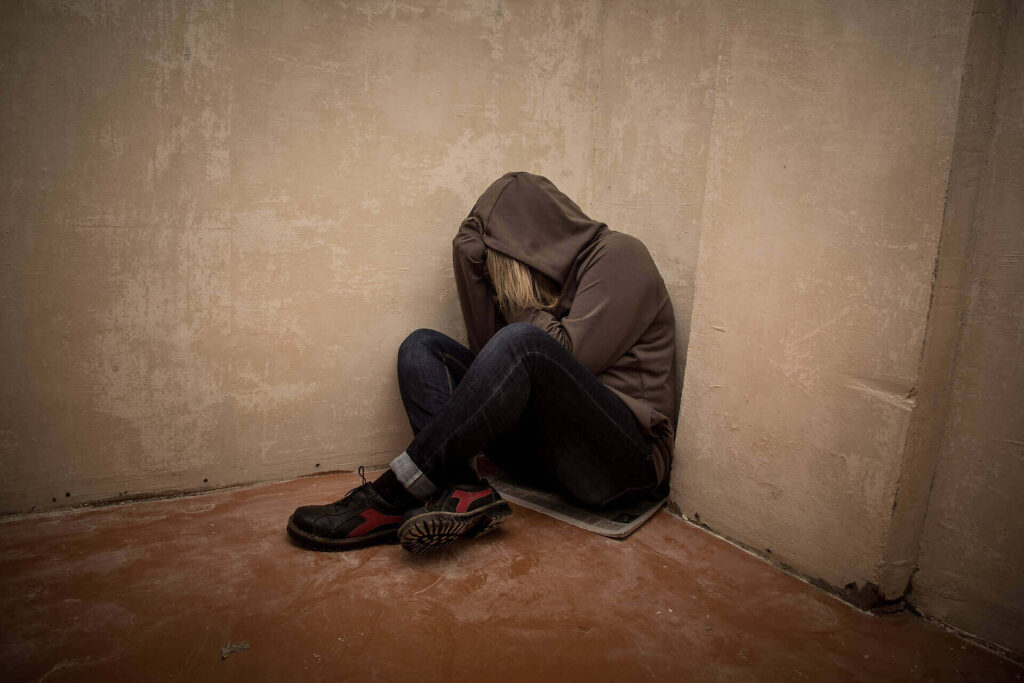Naloxone and naltrexone are commonly used opiate antagonist drugs which are competitive antagonists that bind to the opioid receptors with higher affinity than agonists but do not activate the receptors. This effectively blocks the receptor, preventing the body from responding to opioids and endorphins. Naltrexone and Naloxone are commonly used in opiate and opioid addiction treatment.


